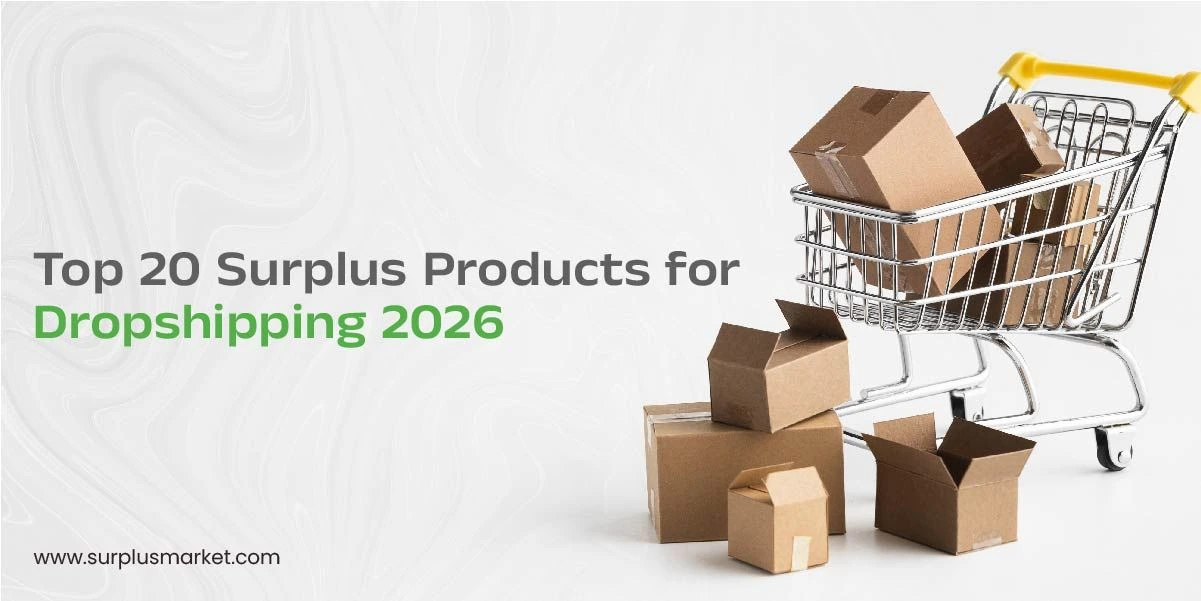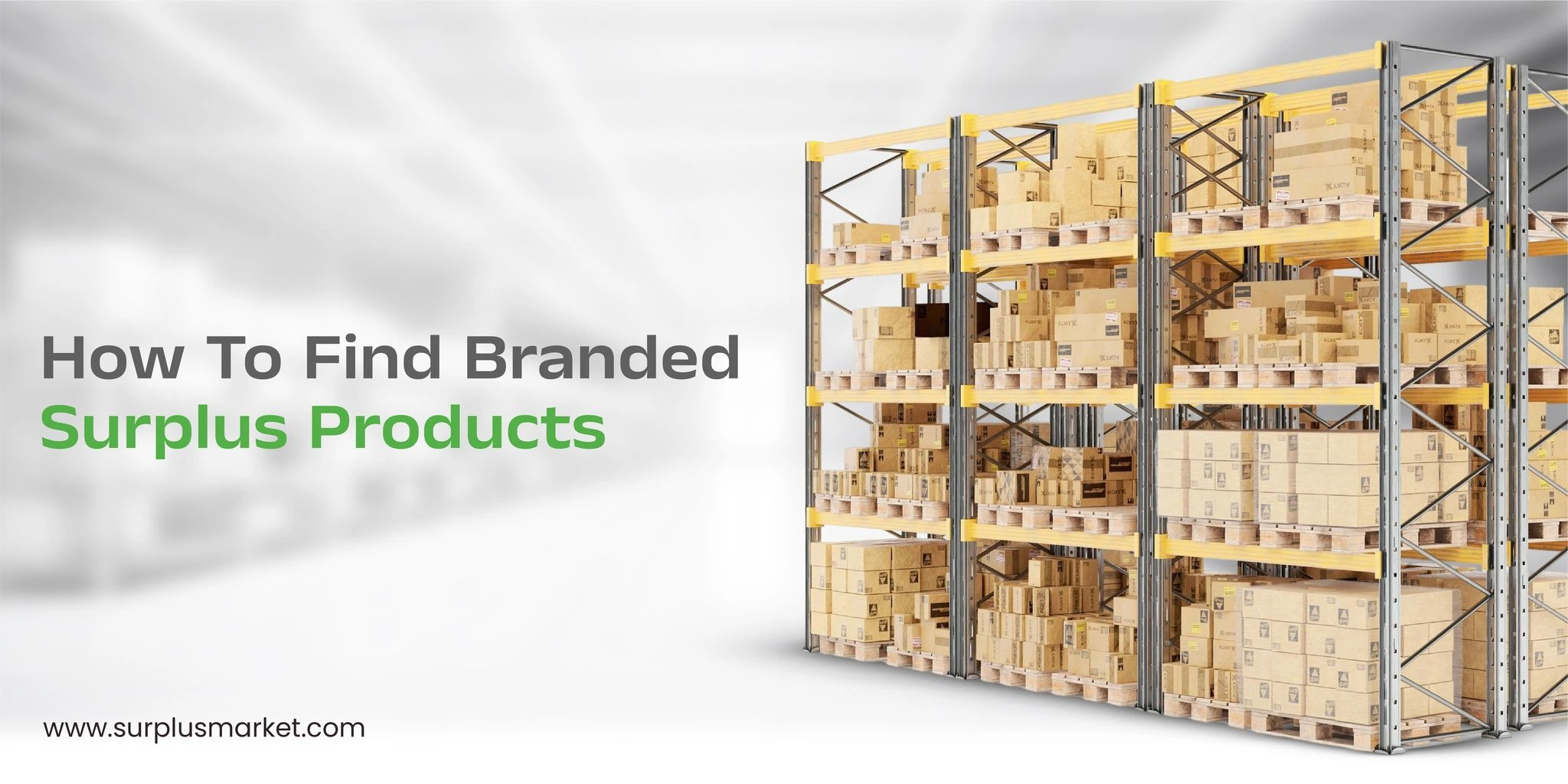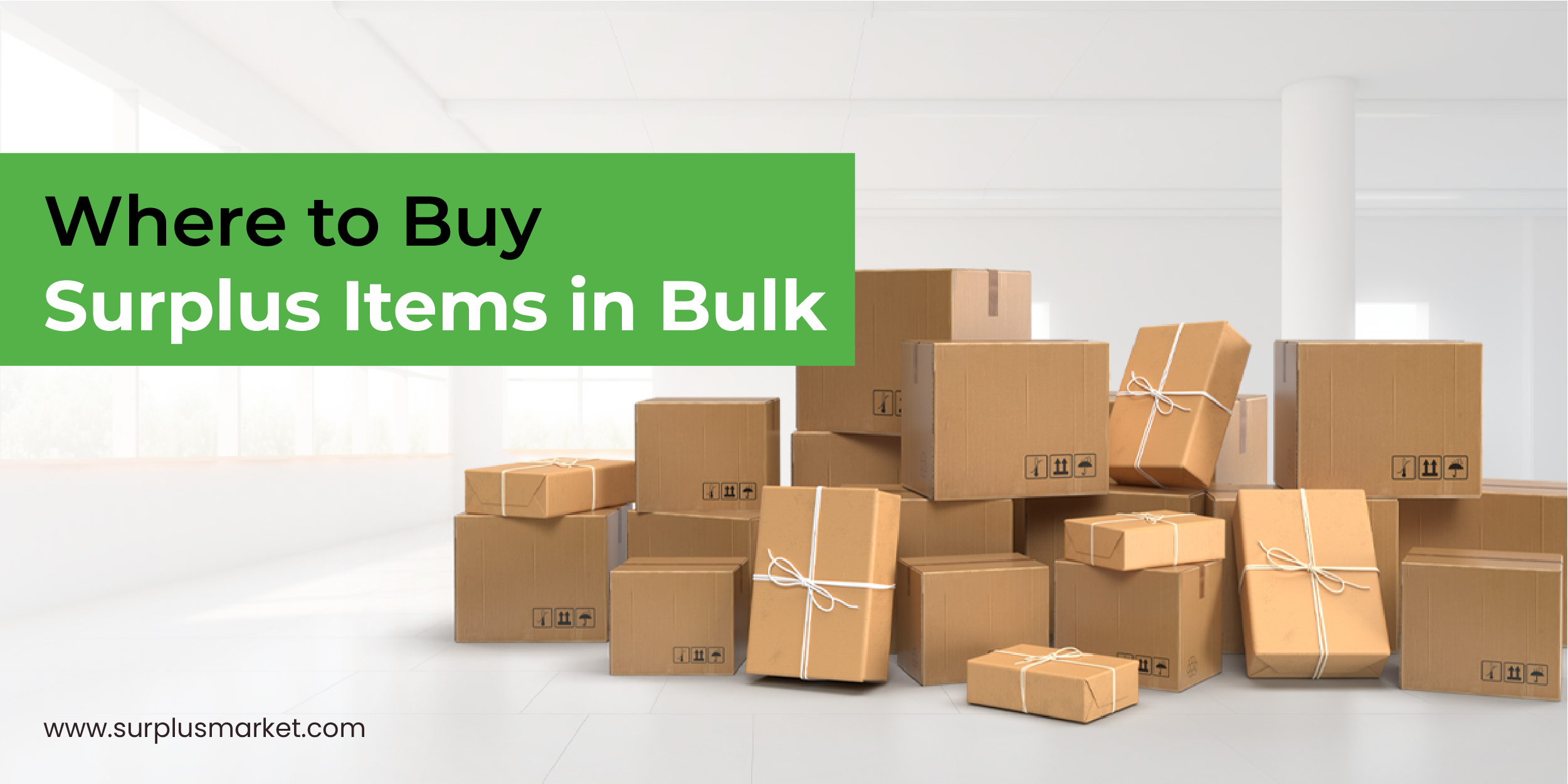How to Buy Quality Surplus Goods & Avoid Risks | Buyer’s Guide
Ever wondered if buying surplus goods is truly a great deal or a risky gamble? That’s why it’s essential to follow a structured approach when purchasing surplus items. From verifying sellers to inspecting product conditions, a trusted surplus marketplace can make all the difference in securing high-quality goods at competitive prices. In this guide, we’ll walk you through the key steps to identify quality surplus goods, avoid common risks, and buy with confidence.
Understanding How to Buy high-Quality Surplus Goods
Buying surplus goods is a cost-effective strategy for businesses, but ensuring quality and authenticity is crucial for a smart purchase. To avoid risks, buyers should always verify the seller’s reputation, inspect product condition, compare prices, and check for warranties. Hidden defects, misleading descriptions, and unreliable sellers can lead to losses, making it essential to follow a trusted surplus buying checklist for a safe and profitable transaction.
We have broken down all the aspects for you - to help understand and handle the process of buying surplus goods effectively.
How to Verify Surplus Goods?
Examine Product Descriptions & Images
Look for detailed specifications, clear images, and also the surplus equipment condition ratings.
Compare descriptions from multiple sources to confirm accuracy and completeness.
Look for signs of wear, corrosion, or missing parts that may impact functionality.
Check for Warranties & Certifications
A warranty or inspection report boosts confidence in the quality of surplus equipment.
Certifications from industry bodies or manufacturers add credibility to surplus goods.
If no warranty is available, ask for a detailed inspection report before making a purchase.
Compare Market Prices
Research market prices to ensure you are getting a fair deal.
If a deal is too good to be true, it probably is. Unusually low prices could indicate hidden defects or counterfeit products.
Consider the cost of repairs and additional components when evaluating pricing.
Common Surplus Goods Risks
Hidden Defects
Some surplus goods may have internal damage not visible in photos.
Always request maintenance records or have an expert inspect the item before purchase.
Misleading Listings
Fake or exaggerated product descriptions can lead to bad purchases.
Stick to verified sellers and marketplaces that offer transparency and buyer protection.
Lack of Warranty or Return Policy
Buying without any guarantee is what surplus goods risks are all about. So make sure you get a warranty.
Choose sellers offering return policies or limited warranties to reduce potential losses.
Counterfeit or Fake Surplus Goods
If a deal seems unrealistically cheap, it could be a fake or stolen product.
Always verify authenticity through serial numbers, manufacturer details, and third-party inspections.
Why Buy from a Trusted Surplus Marketplace Like Surplus Market?
Verified Sellers – Avoid scams by purchasing from trusted businesses with a proven track record.
Quality Checks – Listings include detailed descriptions, high-quality images, and condition reports for informed decisions. This transparency allows buyers to assess the true condition of the goods before making a purchase, reducing uncertainty and risk.
Secure Payments – With built-in buyer protection mechanisms, Surplus Market safeguards payments until buyers confirm receipt of their goods in the promised condition.
Warranties & Return Policies – Get guaranteed quality and support at the best place to buy surplus, ensuring peace of mind for your purchases. Warranties that add an extra layer of security.
Competitive Pricing – Surplus Market offers cost-effective deals while maintaining quality standards. By working with verified suppliers and bulk resellers, the platform ensures buyers get fair market prices without compromising on product integrity.
Surplus Buying Checklist
Inspect product descriptions, images, and condition ratings.
Always review the product listing for detailed specifications and high-quality images.
Look for condition ratings or wear-and-tear indicators to gauge item usability.
Avoid listings with vague descriptions or stock photos that don’t show the actual product.
Request warranty, certifications, or inspection reports.
A product with a warranty is a safer investment and shows seller confidence.
If no documents are available, consider third-party inspections before purchasing.
Compare pricing and avoid deals that seem “too good to be true.”
Research market value to ensure fair pricing and avoid potential scams.
Extremely low prices may indicate defects, counterfeit products, or misleading listings.
Consider additional costs like repairs, safe surplus transactions, shipping, or missing components before making the final “BUY” decision.
Choose secure payment options with buyer protection.
Use payment methods that offer refund options or hold payments until goods are received.
Avoid direct wire transfers to ?unknown sellers, as they offer no recourse in disputes.
Trusted platforms like Surplus Market provide built-in security measures for safe transactions.
Ask Questions – Clarify any doubts with the seller before finalizing the deal.
Communicate with the seller to verify product condition, delivery timelines, and warranties.
Don’t hesitate to request additional photos, videos, or live demonstrations.
Buying surplus goods can be cost-effective and profitable, but quality checks are crucial. By following the steps in this guide, you can avoid risks and make informed decisions that benefit your business. When purchasing surplus, always prioritize seller credibility, product authenticity, and transparent listings to ensure a successful transaction.
Are you looking for a reliable marketplace with top-quality surplus industrial goods? Explore thousands of verified surplus listings at surplusmarket.com and buy with confidence and security from trusted sellers!









